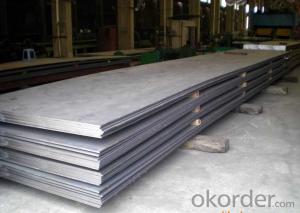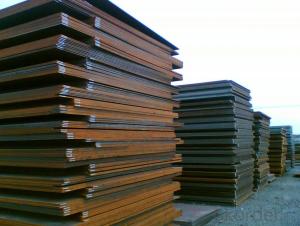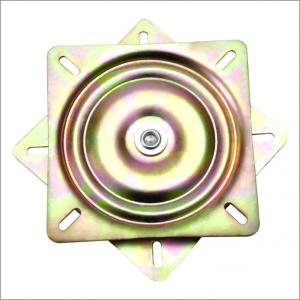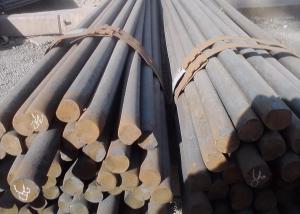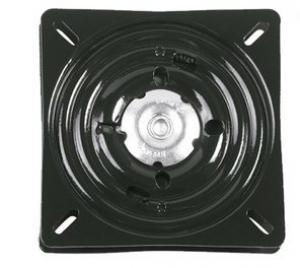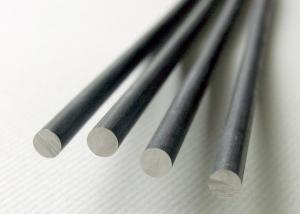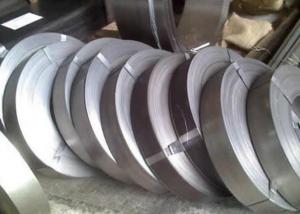Steel Plate DIN 1.2344 Special Steel Carbon Steel
- Loading Port:
- China main port
- Payment Terms:
- TT OR LC
- Min Order Qty:
- 25 m.t.
- Supply Capability:
- 10000 m.t./month
OKorder Service Pledge
Quality Product, Order Online Tracking, Timely Delivery
OKorder Financial Service
Credit Rating, Credit Services, Credit Purchasing
You Might Also Like
Item specifice
Type:
Alloy Steel
Shape:
Steel Sheet
Standard:
ASTM,JIS,EN,API,DIN,BS,GB,AISI
Surface Treatment:
Dry,Oiled,Color Coated,Copper Coated,Coated,Galvanized,PVDF Coated,Bright,Polished,Chromed Passivation,Black
Shape:
Round,Hexagonal,C Channel,Square,U Channel
Technique:
Spring,EFW,Extruded,Forged,ERW,Cold Drawn,Cold Rolled,Hot Rolled
Certification:
BSI,UL,API,CE,RoHS,IBR,BV,SGS,ISO
Steel Grade:
A53(A,B),20#,10#,SS400-SS490,600 Series,400 Series,300 Series,200 Series,HRB400,RHB335,Q235B,Q215B,Q235,Q215,Q195
Thickness:
as required
Length:
as required
Net Weight:
as required
Chemical Composition%
| Country | Standard | C | Si | Mn | Cr | Mo | V | S | P |
| China(GB) | 4Cr5NoSiV1 | 0.32-0.45 | 0.80-1.20 | 0.20-0.50 | 4.75-5.50 | 1.10-1.75 | 0.80-1.20 | ≤0.030 | ≤0.030 |
| USA(ASTM) | H13 | 0.32-0.45 | 0.80-1.20 | 0.20-0.50 | 4.75-5.50 | 1.10-1.75 | 0.80-1.20 | ≤0.030 | ≤0.030 |
| Germany(DIN) | 1.2344 | 0.37-0.42 | 0.90-1.20 | 0.30-0.50 | 4.80-5.50 | 1.20-1.50 | 0.90-1.10 | ≤0.030 | ≤0.030 |
| Japan(JIS) | SKD61 | 0.37-0.42 | 0.90-1.20 | ≤0.50 | 4.50-5.50 | 1.00-1.50 | 0.80-1.20 | ≤0.030 | ≤0.030 |
Available Size
| Rolled flat steel | 20-90mm×205-610mm×L |
Heat Treatment
| Item | Temperature℃ | Hardness |
| Anneal | 750-800 | ≤229HB |
| Quenching | 1020-1050 | 56-58HRC |
| Quenching | 530-600 | 45-50HRC |
Characterstics
| 1.Higher thermal strength and hardness | ||||||
| 2.Better toughness and elevated temperature fatigue resistance | ||||||
| 3.Hardness maintaining ability at 600℃ | ||||||
| 4.Good polishing performance |
Applications: Suitable for aluminum and copper die-casting moulds working for long time at elevated temperatures,hot extrusion dies,core rod forging dies,plastic moulds,etc,also suitable for heat resistance thimbles,push rods and ejector sleeves
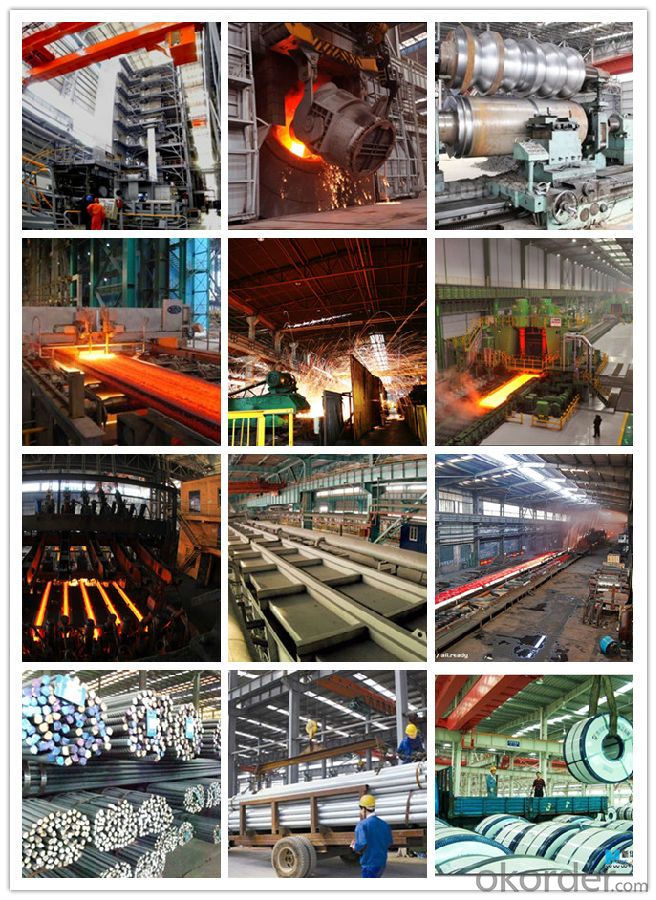
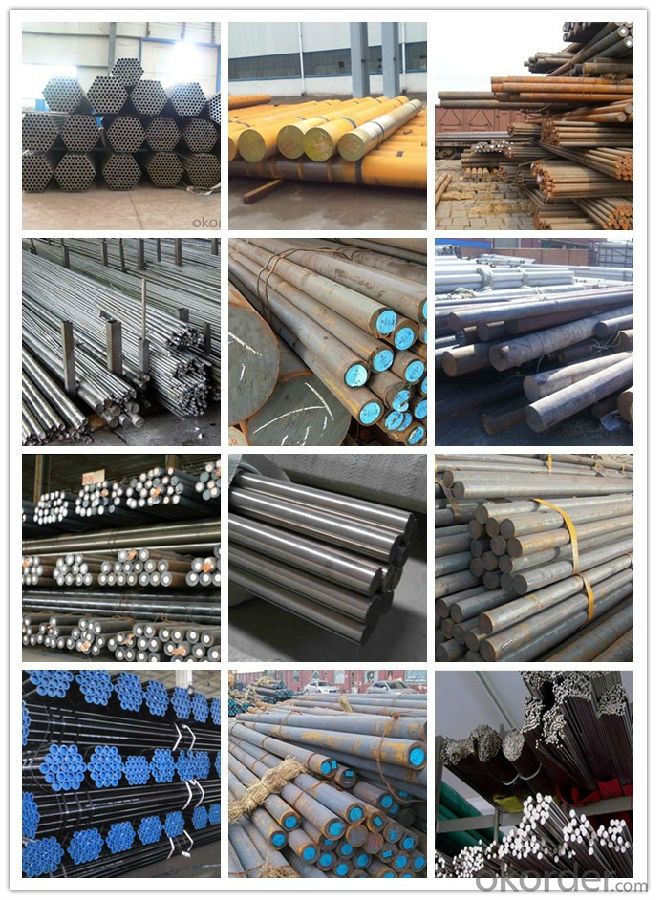
- Q:What are some common applications of special steel?
- Special steel, known by other names such as alloy steel or tool steel, possesses unique properties that set it apart from traditional carbon steel. Its composition has been specifically tailored to enhance its performance, making it highly sought after in a wide range of industries. One prominent use for special steel is in the production of cutting tools. Drills, saws, and milling cutters, which undergo rigorous cutting and machining operations, require exceptional hardness, wear resistance, and toughness. Special steel provides these qualities, enabling the tools to maintain their sharpness and cutting efficiency over extended periods of time. The automotive industry also heavily relies on special steel. Engine components such as crankshafts, camshafts, and connecting rods necessitate high levels of strength, fatigue resistance, and heat resistance. Special steel's superior mechanical properties make it an ideal choice for these critical engine parts, ensuring both durability and optimal performance. Special steel is also extensively used in the construction of molds and dies. Injection molds, extrusion dies, and forging dies, which are vital in shaping materials for various products like plastic components, metal parts, and automotive body panels, are commonly fabricated using special steel. Its exceptional thermal conductivity, wear resistance, and toughness allow for efficient and precise shaping processes. The aerospace industry also benefits from the use of special steel. Aircraft components, including landing gears, turbine blades, and structural parts, require materials with high strength, heat resistance, and corrosion resistance. Special steel's ability to withstand the extreme conditions encountered in aviation guarantees the safety and reliability of aircraft. Furthermore, special steel plays a crucial role in the energy sector. Turbine blades for power generation, subjected to high temperatures and pressures, demand materials with excellent creep resistance and thermal stability. Special steel's ability to endure these harsh environments makes it an indispensable material in the construction of power plants. To summarize, special steel's exceptional properties make it a valuable material in various industries. Its applications span from cutting tools and automotive components to molds and dies, aerospace parts, and power generation equipment. The versatility of special steel allows for the production of high-quality, durable, and efficient products across diverse sectors.
- Q:How is special steel used in the mining supply chain?
- Special steel is used in various components and equipment used in the mining supply chain. It is commonly used in the construction of heavy machinery, such as mining trucks, excavators, and drilling rigs, as well as in the fabrication of conveyor belts and crushing equipment. Additionally, special steel is utilized in the production of wear-resistant parts, such as grinding balls and liners, which are crucial for efficient ore processing. Its exceptional strength, durability, and resistance to extreme conditions make it an essential material in the mining industry, ensuring safe and efficient operations throughout the supply chain.
- Q:How does special steel contribute to the longevity of products?
- Special steel contributes to the longevity of products in several ways. Firstly, special steel is known for its exceptional strength and durability. It is specifically engineered to withstand extreme conditions, such as high temperatures, pressure, and corrosive environments. This makes it ideal for use in various industries, including aerospace, automotive, and construction. The high strength of special steel allows products to withstand heavy loads and resist deformation, ensuring they remain intact and functional for an extended period. For instance, in the construction industry, special steel is commonly used in structural components like beams and columns, which provide the necessary support and stability to buildings over many years. Moreover, special steel has excellent resistance to wear and abrasion. It can withstand constant friction, impact, and contact with other materials without significant deterioration. This characteristic is crucial in industries where products are subject to continuous use, such as machinery, tools, and equipment. The use of special steel in these applications ensures that the products remain in good working condition for a longer time, reducing the need for frequent repairs or replacements. Furthermore, special steel has exceptional corrosion resistance, making it highly resistant to rust and other forms of corrosion. This property is particularly beneficial in products exposed to harsh environments or chemicals, such as marine vessels, pipelines, and chemical processing equipment. By using special steel, manufacturers can significantly extend the lifespan of these products, minimizing the risk of failure or breakdown due to corrosion. In summary, special steel contributes to the longevity of products by providing superior strength, durability, wear resistance, and corrosion resistance. Its exceptional properties allow products to withstand harsh conditions, heavy loads, and continuous use, ensuring they remain functional and reliable for an extended period. By incorporating special steel into their designs, manufacturers can significantly enhance the lifespan of their products, leading to cost savings, improved reliability, and customer satisfaction.
- Q:How does hot rolling affect the microstructure of special steel?
- Hot rolling, a metalworking process, involves heating steel above its recrystallization temperature and passing it through rollers to reduce thickness. This process significantly affects the microstructure of special steel. When steel is hot rolled, the high temperature prompts the grains to recrystallize, eliminating defects and creating a more uniform and refined grain structure. This leads to smaller, equiaxed grains, which enhance the steel's mechanical properties. Furthermore, hot rolling encourages the formation of microstructural features like dislocation cells and subgrains. These features increase the steel's strength and toughness, making it suitable for applications requiring high performance and durability. Moreover, hot rolling can cause certain alloying elements to precipitate within the steel. These precipitates play a crucial role in enhancing specific properties such as corrosion resistance or high-temperature strength. Overall, hot rolling profoundly impacts the microstructure of special steel. It refines the grain structure, promotes beneficial microstructural features, and facilitates the precipitation of alloying elements. These changes contribute to improved mechanical properties and performance, making hot rolled steel a preferred choice in industries like automotive, aerospace, and construction.
- Q:Are there any disadvantages of using special steel?
- There are several disadvantages associated with the use of special steel. To begin with, special steel tends to be more expensive compared to regular steel. This is primarily due to the additional alloying elements and heat treatments involved in its production, which contribute to the higher cost. As a result, it may not be the most cost-effective option for applications where cost is a major factor. Furthermore, special steel may have limited availability in comparison to regular steel. It is often produced in smaller quantities and may only be obtainable from specific suppliers. This can lead to longer lead times and difficulties in sourcing the required amount of special steel, particularly for large-scale projects. Additionally, the increased complexity of working with special steel can pose challenges. It may require specialized knowledge, skills, and equipment for handling and processing. If the necessary expertise or resources are not readily available, this can result in higher manufacturing costs and potential delays in production. Moreover, some special steel grades with high strength and hardness can be more prone to brittleness. This means they may be susceptible to cracking or breaking under certain conditions, especially when exposed to extreme temperatures or sudden impact loads. This limitation can be a disadvantage in applications that require high toughness or resistance to fracture. Lastly, special steel may have limited applications due to its specific properties. While it offers advantages such as corrosion resistance, high temperature resistance, or improved mechanical properties, these benefits may not be relevant or necessary for every application. Consequently, using special steel in such cases may incur unnecessary expenses without any tangible benefits. In conclusion, special steel has its drawbacks, including higher costs, limited availability, increased complexity, potential brittleness, and limited applicability. Therefore, it is crucial to carefully consider the specific requirements of a project before opting for special steel.
- Q:How does heat treatment affect the properties of special steel?
- Heat treatment can significantly impact the properties of special steel. By subjecting the steel to controlled heating and cooling processes, its mechanical properties can be modified. For instance, heat treatment can enhance the steel's hardness, strength, and toughness, making it more suitable for specific applications. Additionally, heat treatment can alter the steel's microstructure, such as grain size and distribution, thereby affecting its corrosion resistance and overall performance. Overall, heat treatment plays a crucial role in tailoring the properties of special steel to meet desired requirements.
- Q:What are the specific requirements for special steel used in nuclear applications?
- To ensure the suitability and safety of special steel used in nuclear applications within the demanding nuclear environment, specific requirements must be met. These requirements are designed to maintain the integrity and performance of the steel under various conditions, including extreme temperatures, radiation exposure, and corrosive environments. One primary requirement for special steel in nuclear applications is its need for high strength and toughness. The steel must possess exceptional mechanical properties to withstand the immense pressure and stress it will encounter during operation. This enables the steel to resist deformation, cracking, and failure, ensuring the structural integrity of nuclear components. Another critical requirement is the ability to withstand high temperatures and thermal cycling. Nuclear reactors operate at elevated temperatures, and the steel must retain its mechanical properties even under extreme thermal conditions. This prevents any degradation or loss of strength that could compromise the safety and efficiency of the nuclear system. Furthermore, special steel used in nuclear applications must exhibit exceptional resistance to corrosion and oxidation. The nuclear environment can be highly corrosive due to the presence of various chemicals and coolants, such as water, steam, and coolant gases. The steel must possess a high level of corrosion resistance to prevent any degradation or material loss, which could lead to leaks or failures. Radiation resistance is also a critical requirement for special steel used in nuclear applications. Nuclear reactors emit ionizing radiation, which can damage the structure and properties of conventional materials. Therefore, the steel must have a high resistance to radiation-induced embrittlement and degradation, ensuring its long-term performance in a radioactive environment. Additionally, the steel used in nuclear applications must comply with strict quality control and certification standards. These standards ensure the traceability, material composition, and manufacturing processes of the steel, guaranteeing its reliability and compliance with regulatory requirements. Quality control measures include non-destructive testing, ultrasonic examinations, and material certification. Overall, the specific requirements for special steel used in nuclear applications encompass high strength, toughness, thermal stability, corrosion resistance, radiation resistance, and adherence to stringent quality control standards. Meeting these requirements is crucial to ensure the safe and reliable operation of nuclear systems while mitigating potential risks associated with the nuclear environment.
- Q:How is special steel used in the production of cutting tools?
- Special steel is used in the production of cutting tools due to its unique properties that enhance the tool's performance. The high strength and durability of special steel allow cutting tools to withstand high temperatures and pressures, ensuring a longer lifespan. Additionally, special steel's excellent hardness and wear resistance enable cutting tools to maintain sharpness and precision, resulting in efficient and precise cutting operations.
- Q:How does special steel contribute to the oil and gas industry?
- Special steel plays a vital role in the oil and gas industry by providing the necessary strength, durability, and corrosion resistance required for various applications. It is used in the construction of pipelines, drilling equipment, wellhead components, and offshore platforms. The unique properties of special steel enable it to withstand high pressures, extreme temperatures, and harsh environments, ensuring the safety and efficiency of oil and gas operations.
- Q:What are the different methods of improving the machinability of special steel?
- There are several methods available for improving the machinability of special steel. One approach is to modify the steel composition by adding elements such as sulfur, lead, or selenium, which can help break the chips during the machining process. Another method involves using coatings or surface treatments on the steel to reduce friction and heat generation during machining. Additionally, optimizing the cutting parameters, such as speed, feed rate, and cutting tool geometry, can also enhance machinability. Lastly, post-machining processes like stress relieving or heat treatment can be employed to improve the overall machinability of the special steel.
1. Manufacturer Overview |
|
|---|---|
| Location | |
| Year Established | |
| Annual Output Value | |
| Main Markets | |
| Company Certifications | |
2. Manufacturer Certificates |
|
|---|---|
| a) Certification Name | |
| Range | |
| Reference | |
| Validity Period | |
3. Manufacturer Capability |
|
|---|---|
| a)Trade Capacity | |
| Nearest Port | |
| Export Percentage | |
| No.of Employees in Trade Department | |
| Language Spoken: | |
| b)Factory Information | |
| Factory Size: | |
| No. of Production Lines | |
| Contract Manufacturing | |
| Product Price Range | |
Send your message to us
Steel Plate DIN 1.2344 Special Steel Carbon Steel
- Loading Port:
- China main port
- Payment Terms:
- TT OR LC
- Min Order Qty:
- 25 m.t.
- Supply Capability:
- 10000 m.t./month
OKorder Service Pledge
Quality Product, Order Online Tracking, Timely Delivery
OKorder Financial Service
Credit Rating, Credit Services, Credit Purchasing
Similar products
New products
Hot products
Related keywords
